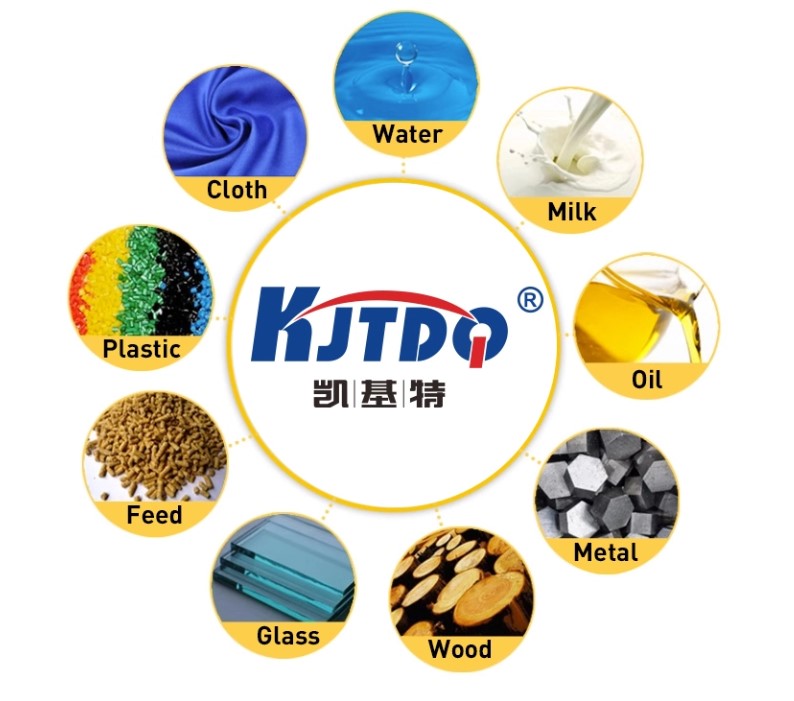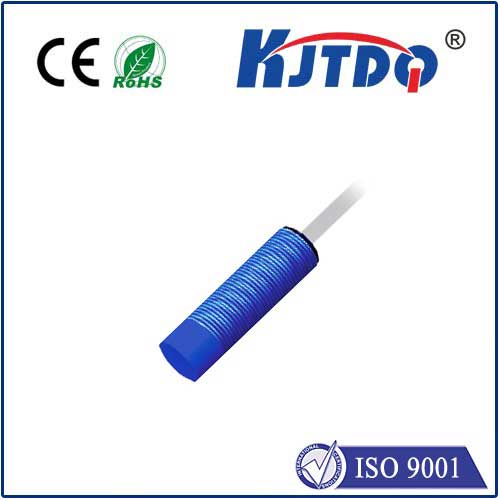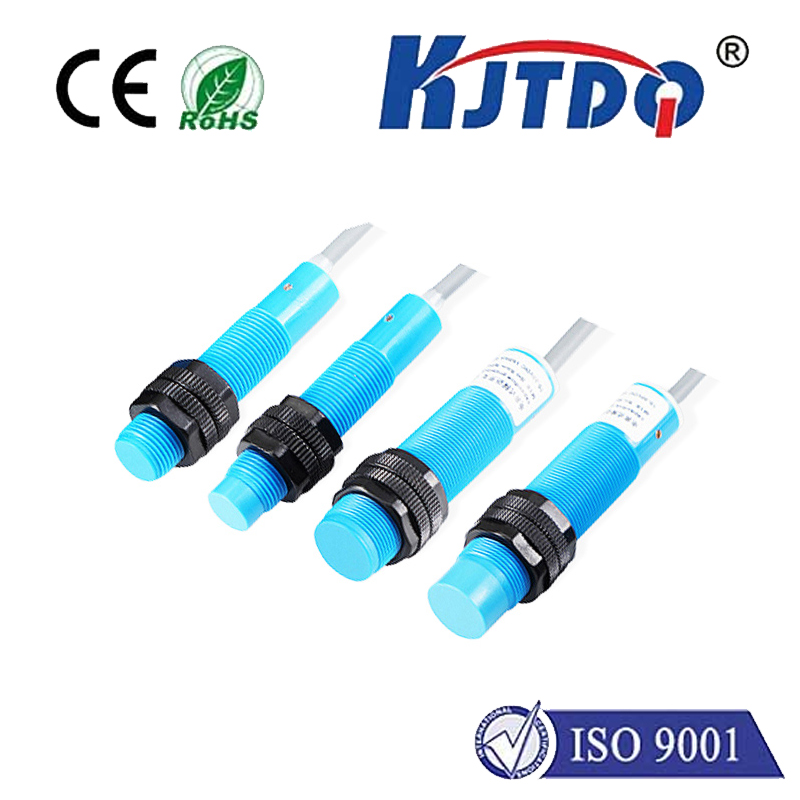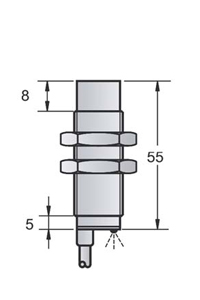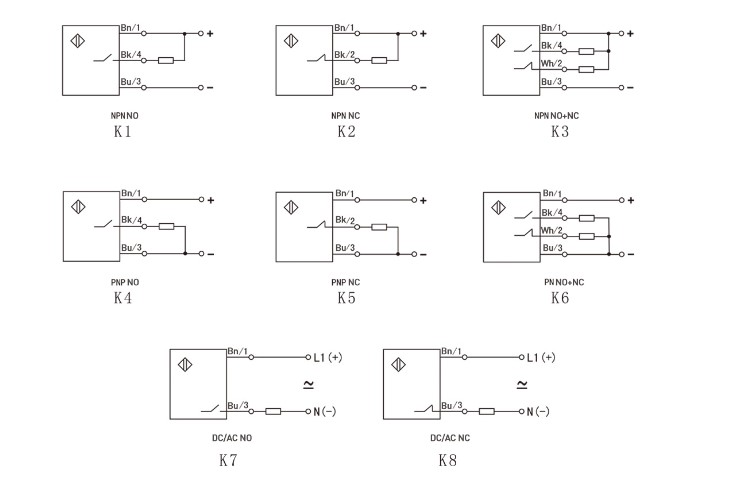KJT Capacitive Proximity Sensors
Capacitive proximity sensors can detect any object without contact. Capacitive proximity switches can detect metallic and non-metallic objects, regardless of the colour and surface condition of the object to be detected, whether transparent or not, can be reliably detected, the sensitivity can be adjusted knob, the closed non-metallic containers of liquids, powders and other materials can be indirectly detected. Almost all materials can be recognised.
Principle of operation
Capacitive proximity switch also belongs to a kind of position sensor with switching output, first of all need to measure the capacitance between the sensor sensing surface electrode and the circuit potential electrode, a close object affects the electric field between the two poles of this capacitor. This principle applies not only to metallic but also to non-metallic objects. Capacitive sensors generally operate via an RC oscillator, where even a small change in capacitance affects the amplitude. An integrated circuit then converts the amplitude into a switching signal, the sensitivity of which can be adjusted by means of a potentiometer.

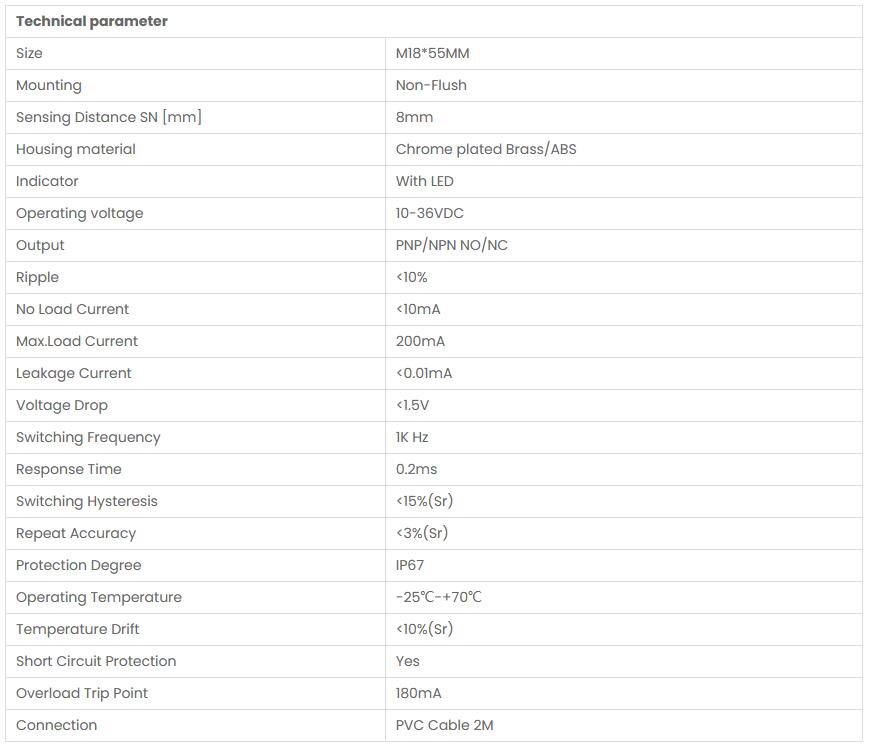

Liquids, powders, non-metals, and metals can all be detected. The sensing distance and sensitivity can be adjusted, and the detection of liquids is not affected by bubbles and liquid color. The detection distance is greatly affected by the size, thickness and conductivity of the object being detected. The larger and thicker the object being detected, the better its electrical conductivity. The greater the product detection distance, the smaller the detection distance.
